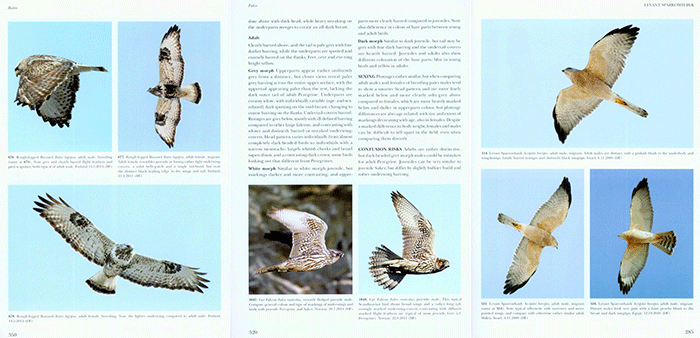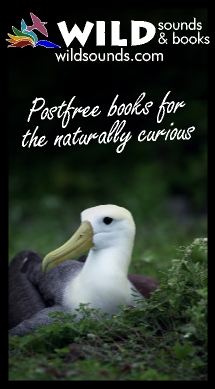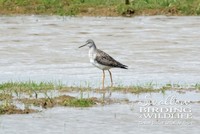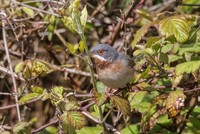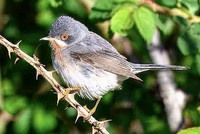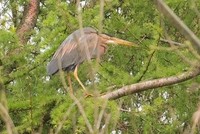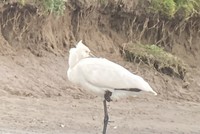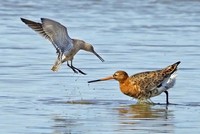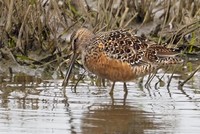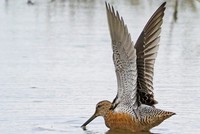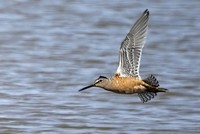Flight Identification of Raptors of Europe, North Africa and the Middle East
Dick Forsman
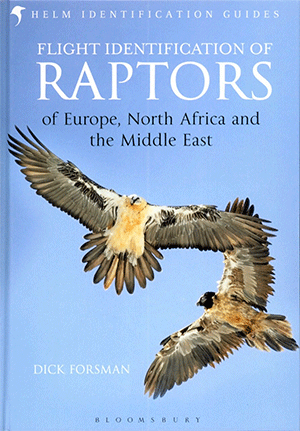
Birdlife's Spoon-billed Sandpiper campaign
I well remember receiving as a school prize in 1980 a copy of ‘Flight Identification of European Raptors’ by Richard Porter and co-authors Willis, Christensen and Nielsen. This was, at the time, a revolutionary book, an acknowledgement that raptors were generally seen in flight and not, as depicted in many field guides, perched in a tree. This simple but hitherto overlooked fact required a whole new approach to identification, one based on structure, flight action and basic patterning rather than on plumage minutiae.
Fast forward thirty-six years and we can perhaps be forgiven a sense of déjà vu for now we have another book with an almost identical title, this time by Europe’s leading raptor guru, Dick Forsman. The author has of course already published (in 1999) what is to many the definitive European raptor guide (‘The Raptors of Europe and the Middle East’) but, seventeen years later, it is time for an upgrade. This, however, is not just a cosmetic makeover. The clue is in the title so gone are the details of perched birds and we are left with a single focus - raptors in flight - but with a much more detailed approach than before.
The other significant change is an expansion in the area covered to include North Africa, and the incusion of a number of Asian and Nearctic vagrants. ‘New’ species therefore include, in the former category, Wahlberg’s Eagle, African White-backed Vulture and Hooded Vulture and, in the latter, Pallas’s Fish Eagle, Northern Harrier and even Swallow-tailed Kite. There is good treatment of rare subspecies too, with, for example, both nominate Merlin and ‘tundrius’ Peregrine featured although, disappointingly, there is only the most fleeting of references to ‘sanctijohannis’ Rough-legged Buzzard and no photograph of the strikingly beautiful dark morph of that subspecies.
After the usual introductory section covering plumage variation, the effects of light and viewing conditions, moult etc. there are two short ‘guest essays’. The first, ‘Hawk-watching in and around Europe’ by Keith Bildstein and Anna Sandor, introduces some key raptor migration sites from Gibraltar to Falsterbo to Eilat. The seond essay, ‘Migration Ecology of Raptors’ by Ian Newton is the usual masterclass in clear, succinct and authoritative writing. The rest of the book is devoted to the species accounts. These follow a standard format covering nomenclature, variation, distribution, behaviour, identification, moult, plumages, sexing, confusion risks and a final ‘notes’paragraph. An understanding of moult is of course vital to raptor identification and it is no surprise that this element dominates the text.
Few of us can hope to approach Forsman’s detailed knowledge of raptors and I learned an enormous amount even from my first read of this book. Some of it is a little confidence-shaking, however, for example the detailed treatment of ‘Black-eared Kite’. With the intergrade zone between ‘migrans’ and ‘lineatus’ occupying most of Asia and large numbers of intergrades wintering on the fringes of Europe, the chances of proving a vagrant ‘lineatus’ look slim indeed! Also somewhat shocking was the revelation that most claimed ‘Crested Honey-buzzards’ in the Middle East have proved, from an examination of photographs, to be likely hybrids with European Honey-buzzard from a presumed wide hybrid zone. Other knotty problems addressed here include hybrid Black x Red Kites, hybrid Hen x Pallid Harriers, Eastern and Atlas Long-legged Buzards (each given a separate section), ‘Gibraltar Buzzard’, and Greater Spotted, Lesser Spotted and Steppe Eagles. Far from getting easier, raptor identification is, if anything, becoming more difficult!
Published: Feb 2015
Bloomsbury Publishing
Hardback: Pages: 544
ISBN: 9781472913616
RRP: £44.99
SPECIAL OFFER: Pay just £38.99 inc FREE p&p when you quote discount code RBA95
Before ordering: When ordering via WildSounds, the value of the voucher will be deducted from your order when the order is processed. The total displayed on your shopping basket excludes the value of the promo but this will be applied before final payment is taken.
As with the author’s previous book, there is a strong emphasis on identification not just by structure and flight action but also by plumage - a significant change since the 1970s and one facilitated of course by the advent of digital photography. Particularly in the period since Forsman’s first raptor book, there has been an explosion in the number and quality of raptor photographs, not least becuase of the efforts of the author himself. This book is stuffed full of wonderful images, most credited to ‘DF’, including classic portraits of well-known species and also excellent photographs of more rarely-encountered raptors such as Pallas’s Fish Eagle and Amur Falcon.
Although field skills and experience are of course vital to the identification process (and rightly championed in the Introduction), it is also the case that photographs will capture plumage detail which is either too small to be visible to the human eye (e.g. iris colour) or which moves too fast to be properly assessed (e.g. harrier underwing patterns). It is also undoubtedly true that photographs represent the only way forward in the documentation of the trickiest problems, particularly those involving vagrants. Proving a ‘Black-eared Kite’, for example, will, it seems, require as a minimum close, high quality images.
This is the latest ‘must have’ book for anyone who expects to encounter and identify birds of prey. Even on our own relatively raptor-poor shores there are still plenty of engrossing problems - not just the perennial Common versus Rough-legged Buzzard and Sparrowhawk versus Goshawk debacles but genuine evolving stories such as the British status of e.g. Northern Harrier and ‘calidus’ Peregrine. To attempt to engage with these and other problems without this book would now be foolish.
Andy Stoddart
22 January 2016
Commission for Conservation
Rare Bird Alert does not profit from the sale of books through Wildsounds. Instead we are part of their Commission for Conservation programme where a percentage of every sale made through RBA helps supports BirdLife's Spoon-billed Sandpiper Fund.
